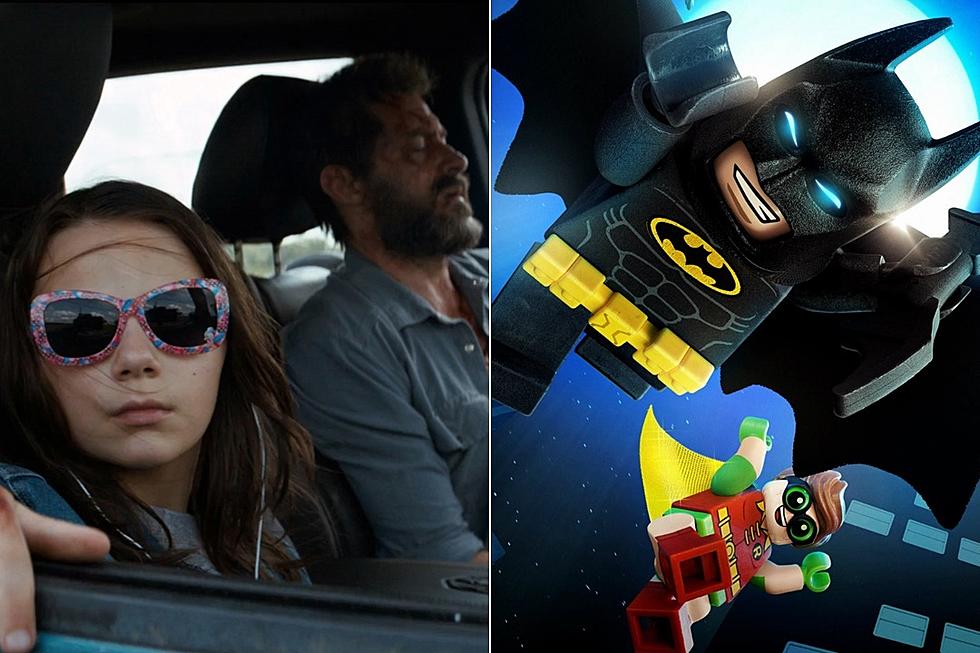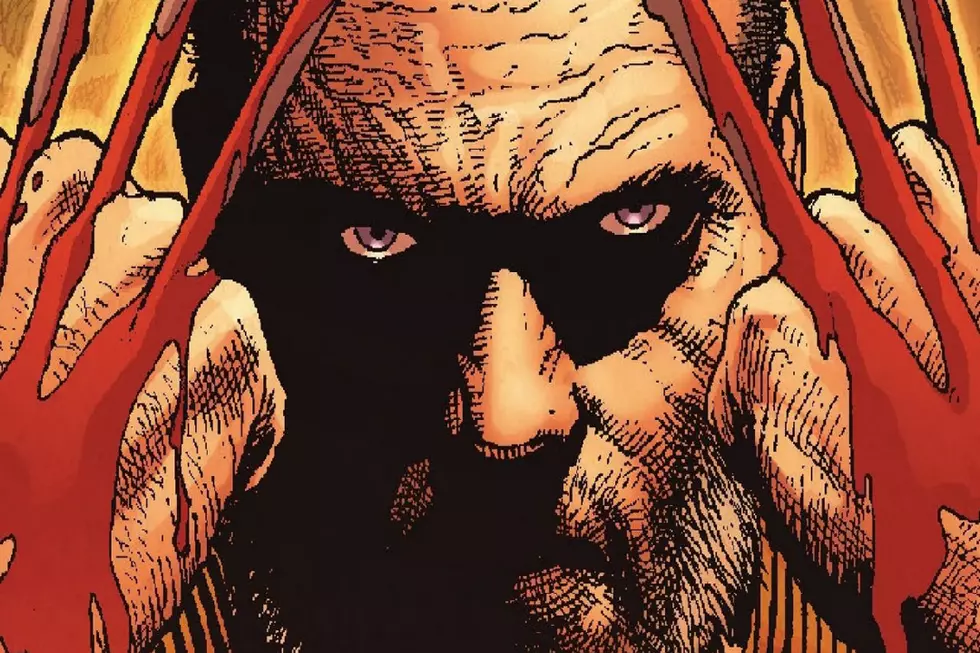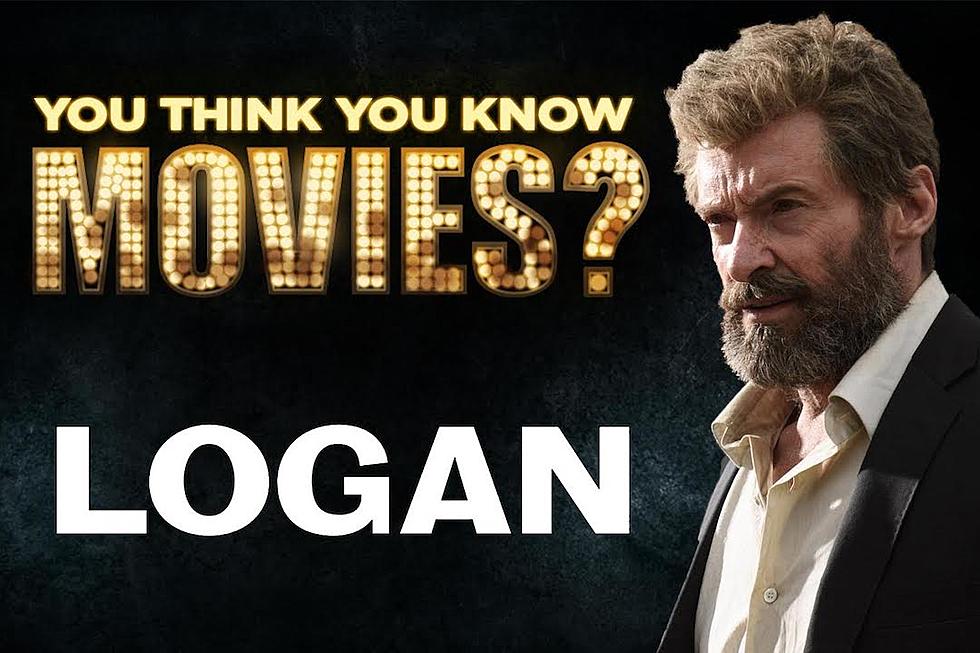![Wolverine’s Year Two: Kieron Gillen Discusses The ‘Origin’ Sequel [SDCC 2013]](http://townsquare.media/site/622/files/2013/07/Untitled-149.jpg?w=980&q=75)
Wolverine’s Year Two: Kieron Gillen Discusses The ‘Origin’ Sequel [SDCC 2013]
Ten years ago Marvel published Origin, a comic by Paul Jenkins and Andy Kubert that revealed the previously untold tale of Wolverine's childhood. The project was the brainchild of then-Publisher Bill Jemas and then-Editor-in-Chief Joe Quesada, who wanted to tell the sort of stories that Marvel had never told before.
On Friday's Cup O' Joe panel at San Diego Comic-Con, Marvel unveiled a follow-up series that picks up where Origin left off, with "Logan" running wild with the wolves. Origin II, from writer Kieron Gillen and the other Kubert brother, Adam Kubert, sees the character go up against the X-Men villain Sinister. ComicsAlliance talked to Gillen to get the lowdown on Wolverine's second chapter.
ComicsAlliance: Origin was a huge project for Marvel when it came out ten years ago. What makes this the right time for a follow-up?
Kieron Gillen: I believe when asked about this, Marvel editors have basically said, “When we have the right story, we'll do it.” I don't feel the need to add to that, really.
I think the ten years is useful in terms of it selling the sincerity for the thing. This is a prestige project, a rare case where Marvel do a serialized graphic novel about the core of one of their biggest characters. You can't just knock these things off.
CA: What convinced you to take on this project?
KG: The chance to do something self-contained yet of profound importance is a really rare thing. It's the sort of thing I'll jump at.
Bar that, I hadn't really had a chance to seriously write Logan before. I've written him in passing, but not had a chance to dig into him. From working with the X-characters, I was originally intimidated by Logan. It was a case of, “What else can you say with him when so many people have written so many stories about him?” That disappeared when I started writing him, and I immediately understood why so many stories are written about him.
And the period nature of it appealed. The turn-of-century setting is particularly appealing to me. I mean, a period-graphic novel in the Marvel Universe about one of its biggest icons? That's an easy job to say yes to.
CA: Where and when do we re-encounter Logan after his experiences in Origin, and how far is he from being the Wolverine we recognize?
KG: The last we saw of the young James at the end of Origin was him disappearing into the woods in the company of wolves. He's been there ever since, living with this surrogate family of wolves. He's abandoned civilization. He's happy to stay there.
He doesn't get that.
In a real way, the Logan who emerges at the end of this story is a lot closer to the Logan we know than the man who walks in. It's called Origin, after all.
CA: You've had a lot of fun writing Sinister in the past in Uncanny X-Men. What's your take on him at this point in his villainous career?
KG: Anyone who's read my Uncanny run will be aware of my particularly flamboyant take on Sinister. This Sinister isn't that guy. There's a hundred years of self-reinvention between now and there. Hell, the character in this story isn't even referred to as Sinister in it. He's Nathaniel Essex, disgraced and entirely unethical scientist, discovering a new and fascinating species.
The grounded feel is really important to the book. There's an absolute minimum of the extreme Marvel elements. As much as possible, it's a period piece, and the very small parts of super-science are the super-science of the period. We're more likely to do things which foreshadow WW1 than go steampunk, basically. While it all aligns – and obviously impacts enormously – the larger Marvel story, it's very much a single story that anyone can take on its own merits.
CA: What do you see as the major themes here? It strikes me that Wolverine and Sinister are two characters with very different ideas about the value of civilization.
KG: Yes, civilization is loaded. We're setting the story in the years when the Schlieffen Plan was formulated, and the map for WW1 was conceived. That's where "Civilization" was taking us in the next few years. I can see why one would want to reject that.
Another theme is family -- both those we choose and ones we're born with. Logan's nature as a loner who finds himself in a lot of teams and surrogate families is something that interests me.
The wounds that his healing factor doesn't deal with? That interests me.
All this is fired through the supporting cast for the piece, who clearly I can't talk about much, bar Nathaniel. One of the key parts of Origin II is about Logan's greatest enemy. That's right at the heart of it, and I think people will be surprised by how we take it.
CA: You're working with the terrifically talented Adam Kubert. Are there any parts of the story you're especially excited to see him realize on the page?
KG: I'm sure he's going to make the whole first issue a tour de force. Knowing Adam would be doing it was a big reason why I was attracted to the project, and seeing what he's going to do with this very feral, very sparse, bloody and beautiful overture excites me enormously.
I'm writing it in the dual full-script/Marvel-Method style I used to do Young Avengers, where I alternate between areas where I nail down an approach, versus ones where I want the artist to really push it. It worked really well in Young Avengers, and seeing what an artist and storyteller of the caliber of Adam can do is great. I mean, the opening is very Jack London novel, with updated science. Imagine how someone like Adam is going to render that, y'know?
Origin II debuts in stores and online in November.
More From ComicsAlliance









